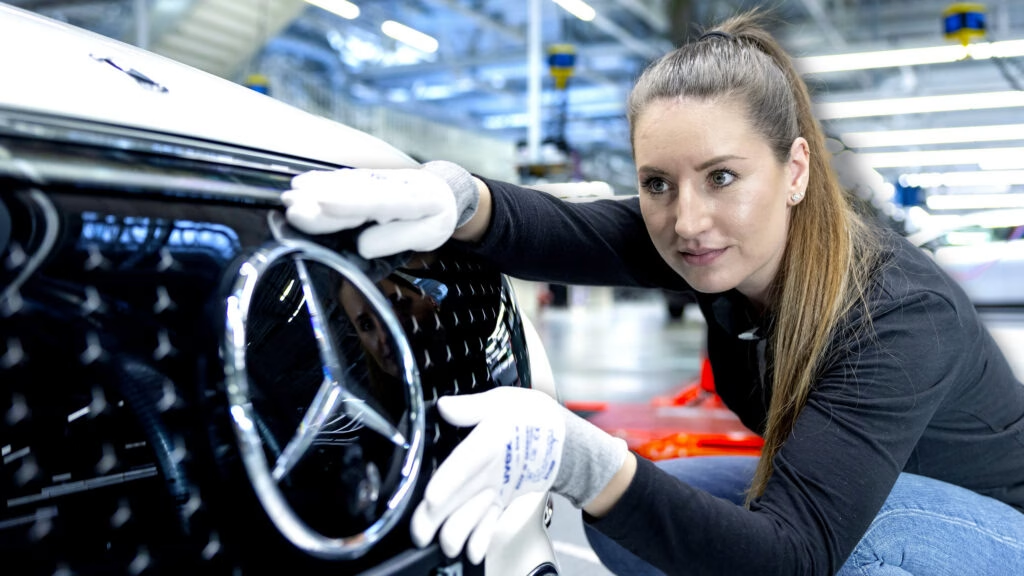Germany’s automotive industry is facing a significant challenge, one that could reshape the landscape of car manufacturing in Europe and beyond. A recent study by consultancy Oliver Wyman has shed light on the staggering labor costs that German automakers are grappling with, revealing a gap that could push manufacturers to reconsider their production strategies.
Why Are Labor Costs So High in Germany?
The study highlights that producing a single vehicle in Germany incurs an average labor cost of about $3,300. This figure encompasses wages, pension contributions, and various benefits. To put this into perspective, labor costs in the United States are around $1,340 per vehicle, while countries like Morocco boast an astonishingly low cost of just $106. This stark contrast raises a crucial question: how can Germany’s automotive sector remain competitive in a global market where labor costs are so much lower?
The Impact of Tariffs and Production Shifts
As President Trump’s import tariffs come into play, foreign automakers, including those from Germany, are contemplating shifting more of their production to the U.S. Audi, for instance, is considering establishing production facilities in America for the first time. While avoiding tariffs is a significant motivator, the high domestic labor costs in Germany are equally pressing. The combination of these factors could lead to a notable decline in domestic car production, which has already fallen by over 25% in the past decade.
The Oliver Wyman study analyzed 250 car plants worldwide and concluded that Germany is the most expensive country for car production. The implications of this are profound. As labor costs continue to strain the industry, many medium-sized suppliers may find it increasingly difficult to survive, potentially leading to a further decline in production capacity.
What Are the Alternatives?
Interestingly, the study also points out that even building cars in the U.S. can be costly compared to other countries. For example, labor costs in China are approximately $585 per vehicle, making it a more attractive option for manufacturers looking to cut costs. In fact, producing a car in Germany can be as much as $7,800 more expensive than in China.
But if automakers are looking for even cheaper alternatives, they need to look beyond China. Countries like Mexico and Romania offer labor costs of $305 and $273 per vehicle, respectively. However, the real standout is Morocco, where the labor cost per vehicle is a mere $106. This raises ethical questions about labor practices in such countries, especially when comparing them to the standards expected in Germany.
The Future of Car Manufacturing
As the automotive industry grapples with these challenges, the question remains: how can Germany sustain its manufacturing prowess? The head of Oliver Wyman in Germany, Fabian Brandt, has expressed concerns about the future of vehicle manufacturing in the country. If production volumes continue to decline, many suppliers may exit the market or face bankruptcy.
The automotive landscape is shifting, and companies must adapt to survive. For German automakers, this could mean investing in automation and technology to offset high labor costs or exploring partnerships with manufacturers in lower-cost countries.
The big takeaway? Germany’s automotive industry isn’t just facing a labor cost crisis; it’s at a crossroads that could redefine how and where cars are made. Embracing smarter production strategies and exploring new markets may be the key to staying competitive in an increasingly globalized economy. Start by considering one change this week, and you might just see a difference in your perspective on the future of car manufacturing.

